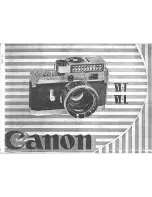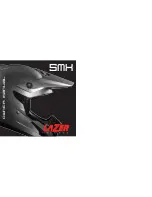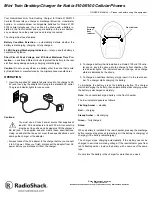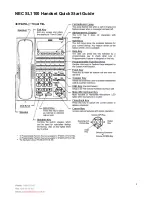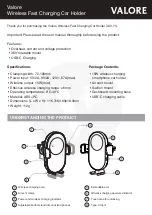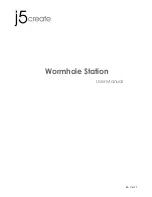
P a g e
|
14
ENERGIZER
BATTERY
MANUFACTURING
VERSION
1.2
Figure
12:
Air
Management
Design
Concept
3.3
‐‐
Battery
Compartment
The
design
of
a
Zinc
Air
Prismatic
battery
compartment
depends
on
several
factors
including
battery
dimensions,
battery
orientation,
and
air
flow
needed
to
maintain
power
to
the
device.
Other
considerations
are
the
ease
of
battery
insertion
and
removal,
contact
materials,
reversal
protection,
and
the
shape
and
location
of
device
contacts.
In
general,
consumers
should
be
able
to
use
and
replace
Zinc
Air
Prismatic
batteries
in
a
similar
fashion
to
AA
and
AAA
replaceable
batteries
with
no
additional
actions
required
other
than
removing
the
tab
from
the
Zinc
Air
Prismatic
battery
prior
to
use.
Energizer
Zinc
Air
Prismatic
batteries
are
electrically
conductive
on
all
surfaces,
and
flat
battery
contacts
are
recommended.
Leaf
spring
contacts
are
preferred
over
coil
springs
as
coil
springs
are
more
prone
to
shorting.
Positive
contact
should
be
made
at
the
positive
(+)
can
sidewall
rather
than
on
the
air
hole
side
of
the
battery
to
prevent
unwanted
air
flow
restrictions
to
the
air
holes.
Negative
contact
should
be
centered
on
the
negative
(
‐
)
cup
bottom
(non
air
hole
side
of
battery)
in
such
a
way
as
to
minimize
potential
shorting
between
the
negative
cup
and
the
positive
can
sidewall.
Figure
13
illustrates
the
recommended
contact
surfaces
for
Zinc
Air
Prismatic
batteries.
Figure
13:
Zinc
Air
Prismatic
Polarity
Contact
surfaces
area
should
be
maximized
to
reduce
contact
resistance.
Sufficient
contact
pressure
should
also
be
maintained
to
ensure
consistent
electrical
connection
but
not
so
great
as
to
deform
the
battery
contacts.
A
contact
force
in
the
range
of
one
half
to
two
pounds
is
recommended.


















